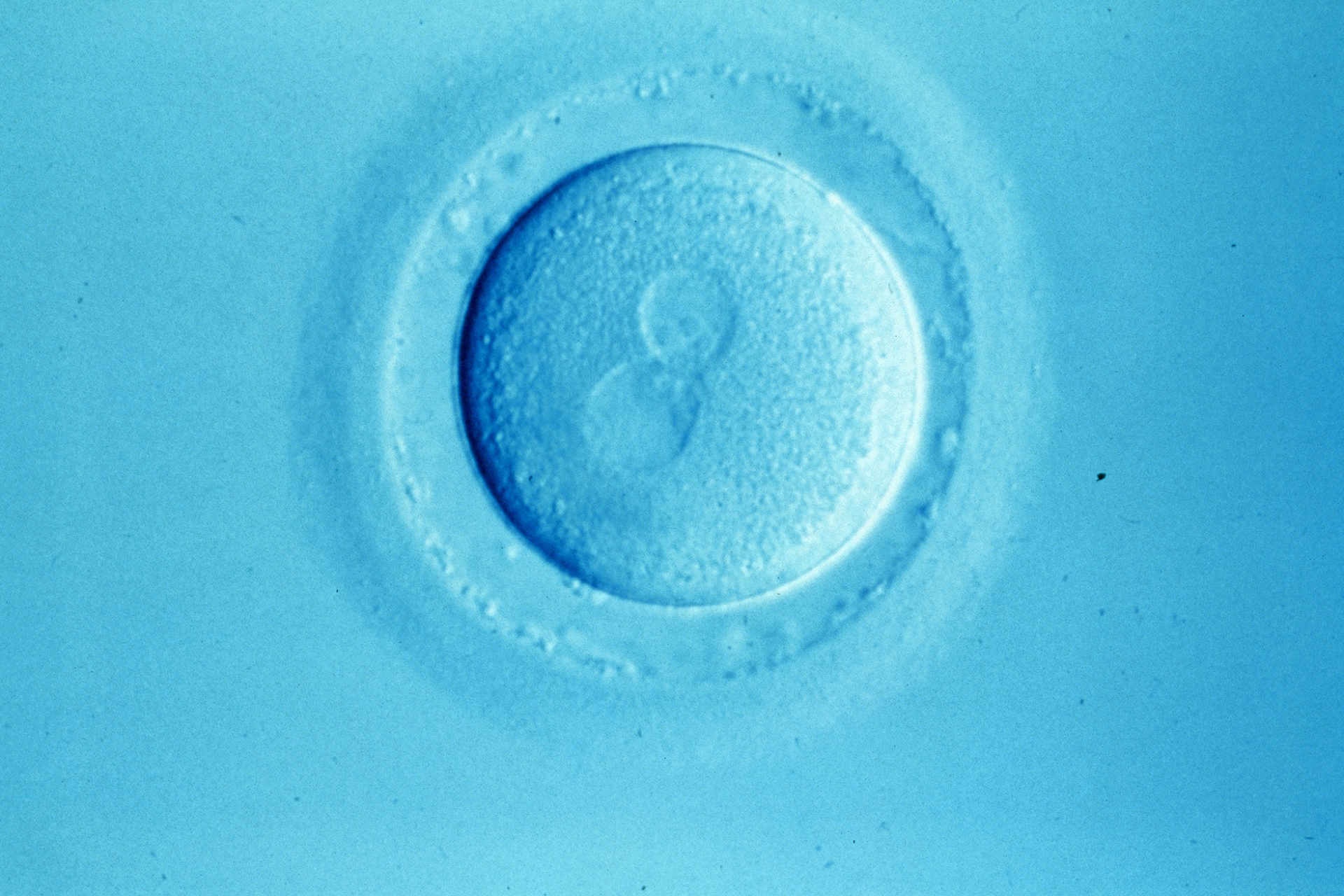Infertility, affecting up to one in six couples, is recognised as a global health concern by the World Health Organisation. The term infertility captures a wide range of conditions that can result from problems with development, hormonal function (endocrinology), or function of the female (gynaecological) or male (andrological) reproductive systems.
Premature ovarian insufficiency (POI) is a relatively common form of female infertility, affecting up to 3.7 percent of women. It is defined by loss or lack of menstruation associated with menopausal-like hormones (specifically elevated follicle stimulating hormone) before the age of 40. This contrasts with the average age of menopause of 51 years in western society.
Sometimes, young girls may fail to enter puberty and learn they have reached this menopausal-like state before they even get their first period. The earlier the onset, the rarer the condition. For example, it affects approximately one in 1000 before the age of 30 and around one in 10,000 before the age of 20. Affected girls and women can present with primary amenorrhea (never having a period), secondary amenorrhea (early cessation of periods) or oligomenorrhea (irregular periods).
A diagnosis of POI can be devastating to young girls or women as it limits their ability to have biological children. Only very rarely does a girl or woman diagnosed with POI achieve a spontaneous pregnancy and most assisted reproductive techniques are not effective at generating eggs for these women. The standard recommendation is the use of donor eggs to achieve pregnancy.
Not only is reproductive potential limited, however, but a diagnosis of POI also comes with a significant risk of associated health conditions such as mental health disorders (anxiety and depression), osteoporosis, heart disease, diabetes and is even associated with earlier death in general.
In some cases, POI is the result of medical interventions, such as chemotherapy or ovarian surgery, that damage the ovarian structure and/or function. POI can also be a consequence of infection or autoimmunity, with inflammatory infiltrates destroying ovarian tissue.
In addition to these causes, there is substantial evidence to suggest that POI can have a genetic basis. For example, many women with POI have affected family members, and there is a strong association between the age at which mothers and their daughters undergo menopause. To date, faults in over 100 different genes have been identified to be responsible for POI. These genes affect a wide spectrum of processes such as hormone production or function, ovarian development, meiosis, DNA damage repair, mitochondrial function and more. Although many genes have been identified, the vast majority of POI patients have no known cause, reflecting our incomplete understanding of POI genetics.
Human DNA contains about three billion bases and encodes more than 20,000 proteins. Advances in technology have led to new techniques such as genomics/transcriptomics and proteomics, that allow researchers to investigate all genes or proteins simultaneously. This has led to an explosion in the understanding of which genes and variants are responsible for POI. This explosion in understanding has not yet translated to substantial change in clinical practice. However, we are on the cusp of change.
Current international guidelines developed by the European Society for Human Reproduction and Embryology recommend only two genetic tests in the diagnosis of POI. These include the analysis for large chromosomal changes that are responsible for about ten percent of cases, and investigation of just one of the single-gene causes, which explains about a further five percent. The remaining 85 percent do not receive a genetic diagnosis for their POI which leaves their clinicians 'flying blind' in terms of the best clinical management.
Although not part of POI patient diagnosis, genomic testing has become routine clinical care for many different genetic disorders. Genomic testing enables personalisation of clinical care based on the underlying cause. For example, knowing the underlying genetic cause can guide treatment regimens and enable accurate prognosis.
For POI, some genes are associated with specific health risks such as cancer, hearing loss or neurodegeneration. Understanding the genetic cause of POI can indicate which future health concerns are relevant and can enable the assembly of an appropriate health care team (eg, oncologists, audiologists, neurologists). Affected women can then undergo surveillance for early detection and better outcomes.
Conversely, patients can be counselled about which conditions are not relevant given the identified genetic cause, thereby relieving unnecessary stress. Furthermore, the diagnosis of POI usually occurs after ovarian function has been completely lost. In contrast, once genetic cause is known, pre-symptomatic family members can be identified before they have lost all ovarian function. This provides opportunity to preserve residual fertility.
Although genomic testing clearly has the potential to improve the diagnosis and management of individuals with POI, there are ethical considerations that should be noted. The human ovary is particularly sensitive to damage and therefore acts as a 'canary in a coal mine' as it is often the first tissue to present with problems in multisystem syndromes. For example, ovarian dysfunction can precede neurodegeneration in disorders such as ovarioleukodystrophy or parkinsonism. Ovarian dysfunction can precede cancer in chromosomal instability disorders or hearing loss in Perrault syndrome.
Individuals undergoing genomic testing for POI need genetic counselling to ensure they understand the potential implications of results they receive. Studies describing the role of genetic testing for POI have only been published in a research context and sometimes lack the level of rigour and validation required for clinical utility. It is vitally important that genetic diagnosis is accurate and validated to ensure counselling and future care reflects real risks and optimises patient outcomes.



Leave a Reply
You must be logged in to post a comment.